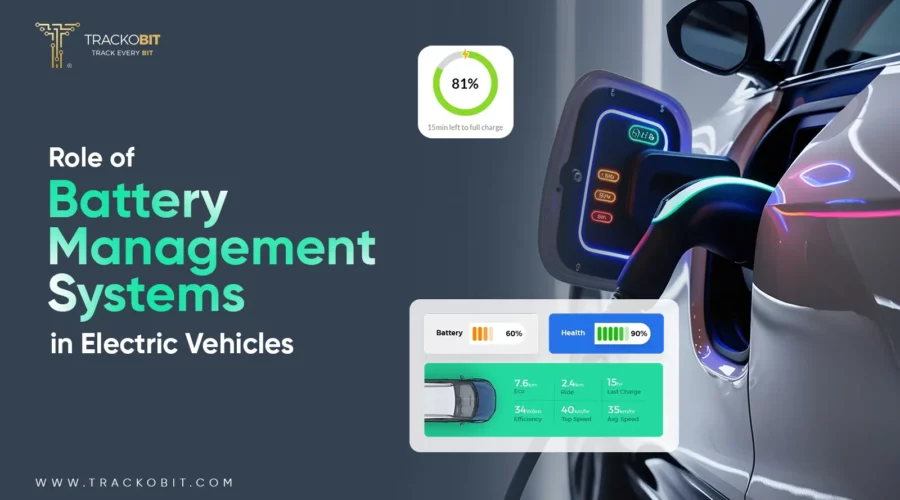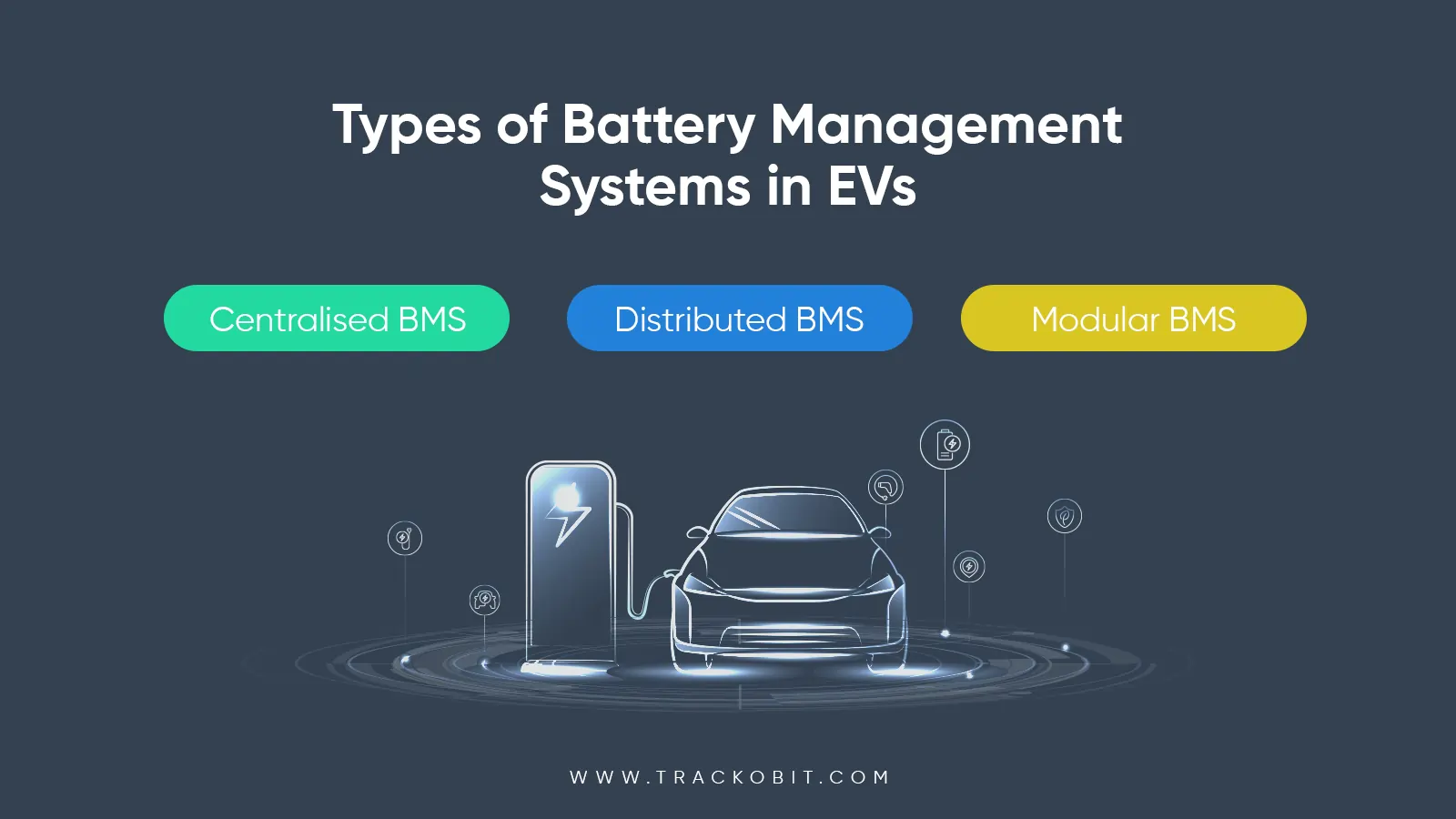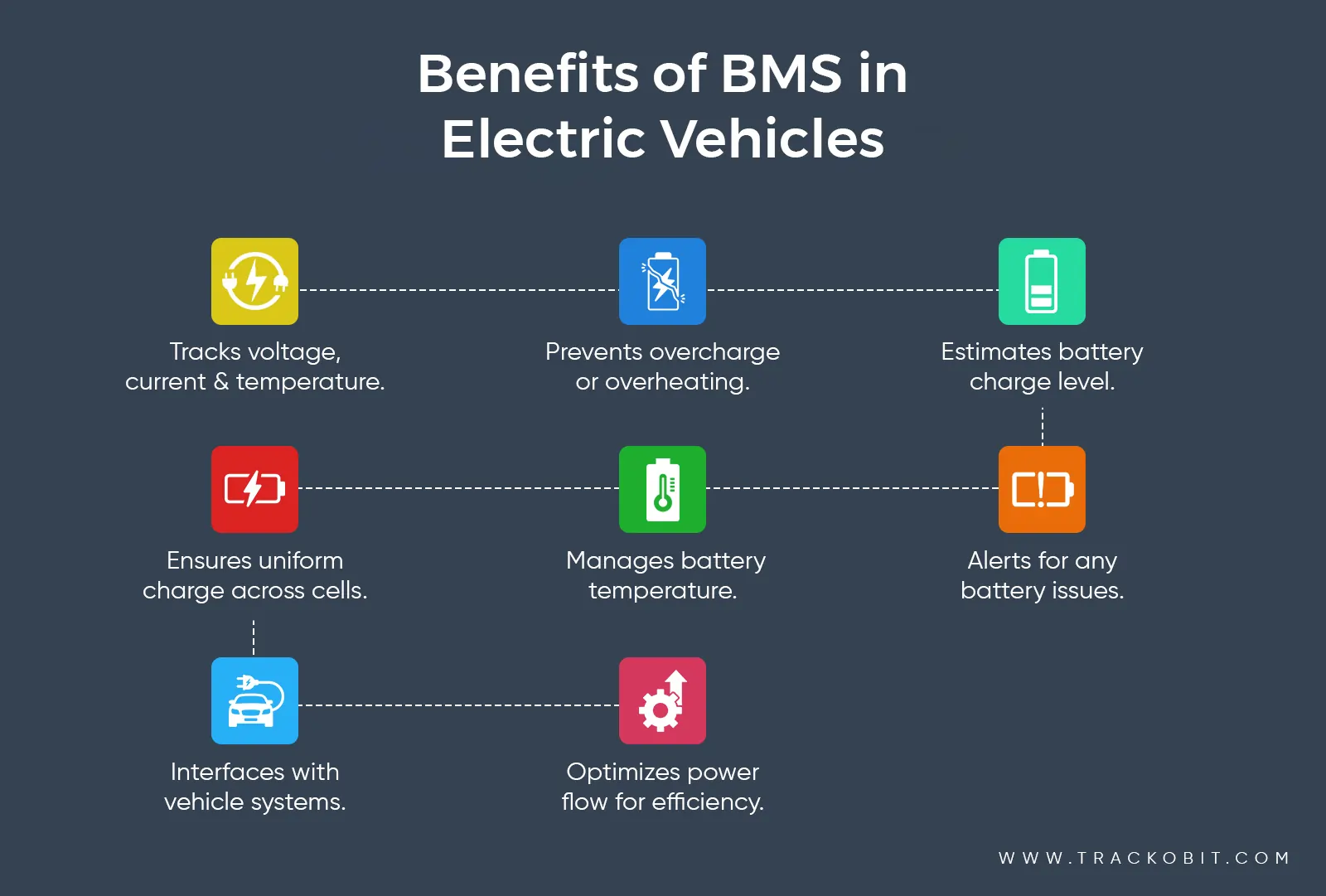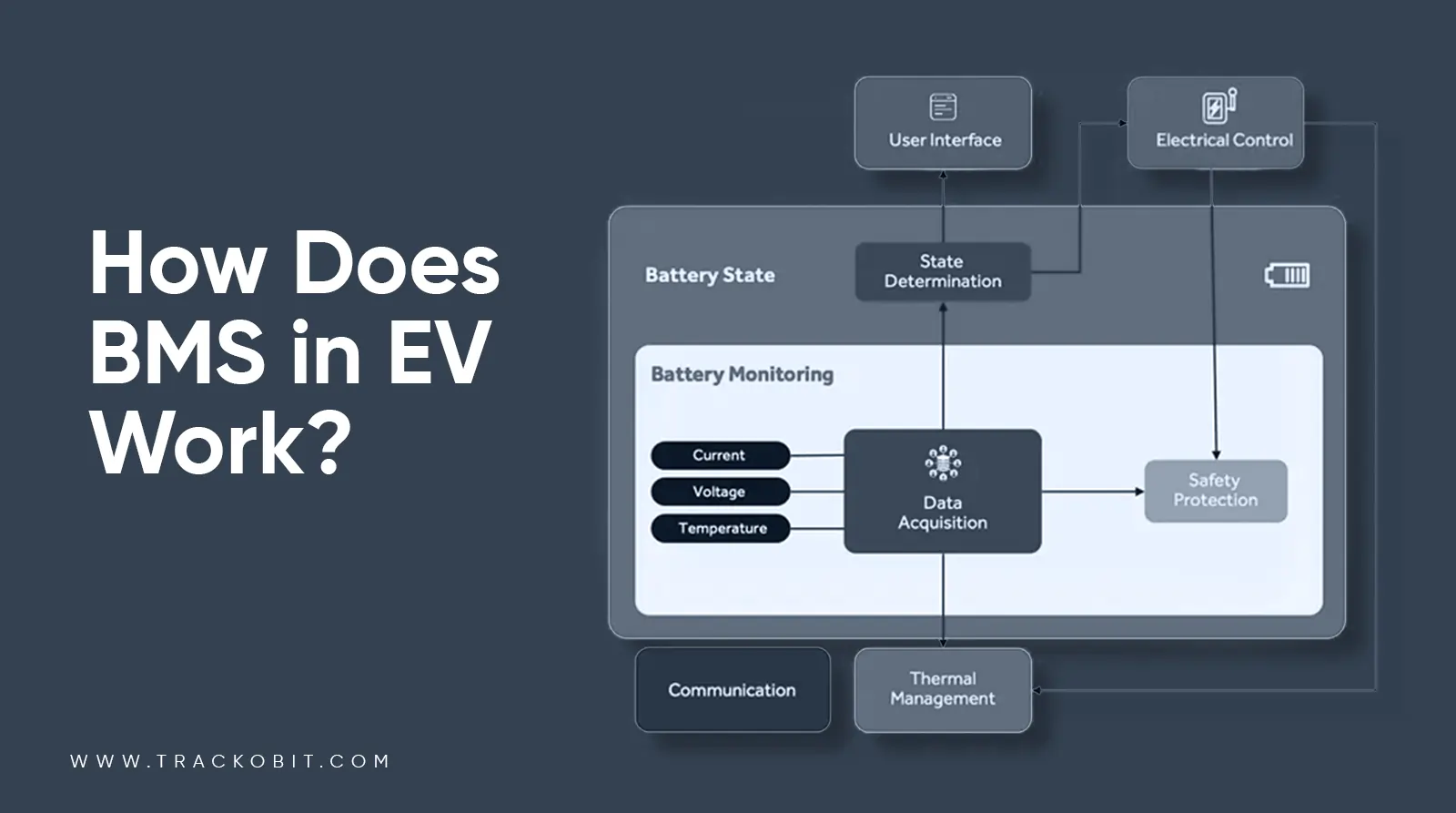-
TrackoBit
Manage commercial vehicles with the new-age Fleet Management Software
TrackoBit -
TrackoField
Streamline your scattered workforce with Field Force Management Software
TrackoField -
Features Resources
-
Blog
Carefully curated articles to update you on industrial trends. -
White Paper
Insightful papers and analysis on essential subject matters. -
Glossary
Explore an alphabetical list of relevant industry terms. -
What’s New
Get TrackoBit & TrackoField monthly updates here. -
Case Study
Explore the cases we solved with our diverse solutions. -
Comparisons
Compare platforms, features, and pricing to find your best fit.
-
About Us
Get to know TrackoBit: our team, ethos, values, and vision. -
Careers
Join the most dynamic cult of coders, creatives and changemakers. -
Tech Support
Learn about our technical support team and services in detail. -
Events
Check out the exhibitions where we left our marks and conquered. -
Contact Us
Connect with us and let us know how we can be of service.
What is a Battery Management System in EVs? How Does it Work
- Author:Nandita Gupta
- Read Time:6 min
- Published:
- Last Update: September 27, 2024
Table of Contents
Toggle
Discover how BMS in EVs operates to monitor essential battery metrics like temperature, charge cycles, and voltage to extend its lifespan.
Table of Contents
Toggle
BMS aka Battery Management System (BMS) is a crucial component in EVs that doesn’t get due attention. What if we tell you that this hidden technology is the reason why your battery charge is so balanced? or the reason why you didn’t have to change your EV battery for 7 years?
No, it was not Santa’s Elf at work. Rather, it was BMS!
Here is your detailed and factual read on how Battery Management System (BMS) in electric vehicles works and ensures energy-efficient operations at all times.
What is a Battery Management System (BMS)?
A Battery Management System or BMS is an electronic system that helps control, monitor and efficiently manage the battery performance. Its role is to prevent overcharging and discharging.
Plus, it balances cells and helps track key parameters like voltage, temperature, and current to monitor, control, and manage battery performance. All just to optimize the efficiency and expand the lifespan of the battery.
Types of Battery Management Systems in Electric Vehicles

Types of BMS in Evs
Electric vehicles are typically composed of the following three types of Battery Management Systems (BMS).
1. Centralized BMS
In a centralised BMS, the battery cells are managed and monitored by a single controller. Thus, they don’t have high fault tolerance and are suited for limited and less critical applications.
2. Distributed BMS
In distributed BMS, each battery cell or module has its own BMS, which aids in high scalability and fault tolerance. This leads to better control but increases complexity. Suited for heavy and critical applications.
3. Modular BMS
It entails the combination of both centralized and distributed systems. It utilises several controllers to manage a group of cells in a battery. The modular BMS helps bring a balance between scalability and complexity.
💡Note that, you will find these types of BMS different in design based on their battery size, efficiency, brand model, and cost considerations.
| 🤔History of Battery Management Systems
The history of Battery Management Systems or BMS stems back to the 1980s when it was introduced with simple voltage monitors. It was later in the 1990s and 2000s, when BMS technology advanced and started offering optimal battery balancing, protection, and more communication features for better analysis. The BMS is now the lifeblood of all ever-advancing electric vehicles and renewable energy systems such as solar panels. |
Why is BMS in Electric Vehicles Mega Important?

Benefits of BMS in EVs
The potential and importance of BMS are limitless. It is crucial to have because it aids in…
1. Safety Assurance
Lithium-ion batteries can pose significant risks if they are used at high densities or are not properly managed. The BMS makes sure that your EV batteries are operating within safe parameters.
It mitigates risks of thermal runaway, which can lead to fire or explosives.
| 💡What is Thermal Runaway?
Thermal runaway is a hazardous condition in which your EV battery’s temperature increases exponentially. To an extent, where the vehicle can catch fire or explosion. Signs Include → Swelling, smoke, odors, smoke, or leakage from the battery. |
2. Optimises Performance
The BMS is built to help constantly monitor and balance the battery’s cells. This helps in maximising the performance of the battery while ensuring the EV is delivering optimal power and efficiency — at all times.
3. Extended Battery Life
In your EVs, batteries are one of the most costly components. The BMS helps in optimally balancing the battery which helps extend its shelf life. This helps prevent conditions that lead to overcharging, degradation, and exposure to extreme temperatures.
So this helps you to save on 💵 replacing your batteries here and then.
4. More Energy Efficiency
BMS, with efficient and optimum control over the battery’s charge and discharge cycles, helps extend its energy efficiency and, thus, your EV ranges.
How Battery Management Systems Work in Electric Vehicles?
Here is what the function of BMS looks like.
1. Battery Health Monitoring
The efficient BMS constantly monitors the battery’s key parameters like current, voltage, temperature, and SoC (state of charge) for each cell.
This routine helps ensure safe and optimal performance by tracking the battery’s health at constant intervals.
2. Battery Balancing
To intensify the efficiency of the cells, the BMS balances the charge among the cells in the battery pack.
It re-distributes the energy to ensure all the cells are charging equally to prevent overcharging or undercharging. This helps eventually reduce damage to the battery and extend its lifespan.
| 💡What is the Ideal Voltage Range that a BMS Should Maintain?
The optimum voltage of a BMS in EVs depends on the type of battery chemistry being used: Suppose, Lithium-ion Batteries —> The individual cell voltage ranges from 3.0V (discharged) to 4.2V (fully charged). —> However, for the overall battery pack, the voltage can be based on the configuration (series connection). It is usually in the range between 300V to 800V for modern EVs. |
3. Battery Protection
The BMS ensures the equalized distribution of current among the cells to prevent conditions like overvoltage, undervoltage, overheating, and overcurrent.
It safely monitors and prevents these conditions to avoid system failure.
4. Data Communication
The BMS helps communicate key information regarding the battery’s health to the vehicle’s control system. It helps timely relay vital information like the battery’s status, SoC, and potential faults. Just so the vehicle’s energy consumption can be optimised. If any concerning issues are noticed, the system alerts the same to your EV driver or operators in run time.
Do you know what more you need? A driver management system from the house of TrackoBit. It will alert you of every anomaly right from your vehicle’s health to your driver’s erratic driving patterns.

How Does BMS in EVs Work?
The BMS ensures your battery electric vehicle fleet is up to operating for maximum time without any issues and faults.
What’s the Future of BMS in Electric Vehicles?
Together with advanced battery electric vehicle models and brands, the battery management system will also upgrade and become more tolerant.
1. More Advanced Algorithms
In the future, this prodigy system will have more advanced algorithms that could adapt according to the changing cells’ characteristics. It will be efficient at regulating as the cells in the battery pack age.
It will be up for better fault detection, predictive maintenance, and energy management. It will become faster to estimate SOC, SOH, and instantaneous power needs.
2. Integration with IoT will Increase
BMS will be more powerfully integrated with IoT (Internet of Things), which will enable real-time data collection and analysis. This will lead to super-efficient battery diagnostics and energy management.
This way, the function of BMS or battery management software will become intense and more robust.
3. Wireless BMS
Wireless BMS is the future; eliminating the need for bulky wiring. Due to this, vehicles will be less in weight and more high on efficiency. Also, battery designs will also become more flexible.
These advantages will be more highlighted when mixed with electric vehicle fleet management software.
Final Words!
BMS (battery management system) technology is vital for extending the EVs efficiency and operations on the road. This technology does so much more than we realize, from maintaining efficient charge to communicating faults — it does it all. Just so, you won’t have to go through the risks of replacing batteries frequently or meeting with explosions due to overcharging.
Electric mobility is the present and growing future of our logistics operations. If you have made a wise decision and switched to an EV fleet — great move.
But don’t forget to do a little more. Investing in EV fleet management software that will help you keep track of your EV’s location, SoC, battery health, charging needs, driver behaviour, and more.
Try TrackoBit!
FAQs on BMS in Electric Vehicles
-
What is the difference between centralized and distributed BMS?
There are two main types of BMS. The first is a centralized BMS, which uses one control unit to manage all of the battery cells in the system. The second type of BMS is a distributed BMS, which uses multiple control units to manage the battery cells in the system.
-
What to do when a battery management system malfunctions?
Whenever your BMS starts malfunctioning: - Stop using the vehicle - Disconnect the battery - Check for the error codes - Consult the user manual or technician for diagnosis or repair needs.
-
How to know when the battery management system has turned faulty?
When your BMS starts malfunctioning, it will start showing symptoms of: - Battery overheating - Battery charging will become irregular - Sudden power loss to the vehicle - Inaccurate charge level readings - Error codes will start displaying If there is a crucial battery issue, there will be major battery imbalance or shutdowns.
Nandita is the Team Lead for Content Marketing at TrackoBit, bringing over a decade of experience in B2B, B2C, and IoT sectors. She has a proven track record of helping Read More
Related Blogs
-

What Makes TrackoBit’s Video Telematics Software Truly Next-Gen?
Shemanti Ghosh December 17, 2025TrackoBit’s video telematics software blends smart video intelligence with full server control. The result? Superior fleet reliability and safety.
-

Plug, Pair, Perform TrackoBit Introduces BLE Sensor Integration
Tithi Agarwal November 26, 2025TrackoBit’s BLE Sensor Integration enables wireless, real-time monitoring with faster installs and accurate insights. It improves fleet efficiency, visibility, and…
-

How to Use Driver Behavior Reports as a Sales Hook to Close Big Fleets
Tithi Agarwal October 16, 2025TrackoBit’s driver behavior reports empower fleet providers to win big contracts by showcasing safety, efficiency, and measurable ROI.
-

TrackoBit’s Unlocking in Geofence with OTP: Elevating Cargo Protection
Tithi Agarwal September 16, 2025TrackoBit’s latest feature – Unlocking in Geofence with OTP lets you lock out theft and unlock cargo only at the…

Subscribe for weekly tips to optimize your fleet’s potential!
Your inbox awaits a welcome email. Stay tuned for the latest blog updates & expert insights.
"While you're here, dive into some more reads or grab quick bites from our social platforms!"Stay Updated on tech, telematics and mobility. Don't miss out on the latest in the industry.
We use cookies to enhance and personalize your browsing experience. By continuing to use our website, you agree to our Privacy Policy.


































